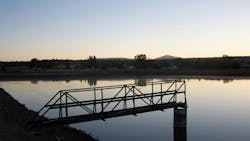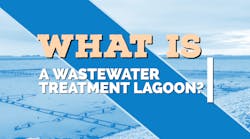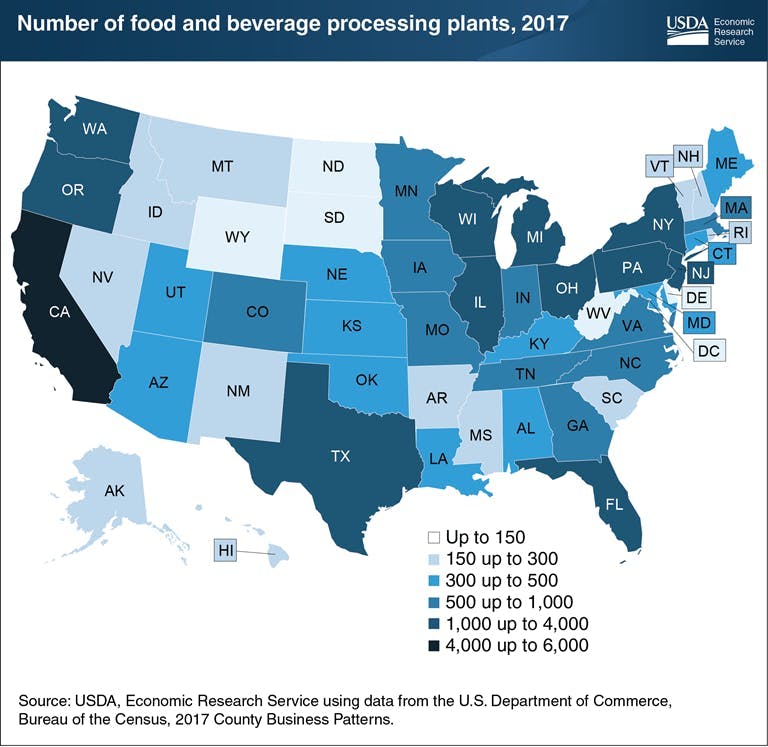Rethinking biological lagoon treatment in industrial operations
Nutrient removal or reduction in waste streams has long been a point of concern in municipal treatment facilities, but nutrients such as nitrogen and phosphorus can also appear regularly in industrial waste streams.
Similarly, lagoons have long been associated with the biological treatments utilized in municipalities, but industrial facilities may also utilize and optimize lagoons for effective treatment of nitrogen and other nutrients. While the use of lagoons is more common for municipalities, this does not mean they are inherently incompatible with industrial treatment needs, or vice versa.
Every facility, wastewater stream, and process is unique. This article will discuss the applicability of waste stabilization ponds, and how they can be optimized to effectively reduce/remove nutrients to adhere to effluent limitations, in both municipal and select industrial sectors.
Understanding ammonia
The most common types, facultative and aerated waste stabilization ponds, or simply lagoons, are both designed to treat wastewater through a series of biological processes. The former relies primarily on the alignment of environmental factors while the latter utilizes some technological intervention to create the conditions required for effective treatment.
Despite these differences, all types of lagoons can be effective in removing nitrogen from wastewater streams. Nitrogen is one of the most common nutrients present in both industrial and municipal wastewater, the most prevalent form of nitrogen being ammonia. Because ammonia can be hazardous to fish, wildlife, and the surrounding ecosystem, its effective management and treatment are often priorities in wastewater treatment systems.
Lagoons remove nutrients via nitrification and denitrification. Nitrification is the two-step process in which ammonia is oxidized to nitrite and then nitrite is oxidized to nitrate. Nitrification best occurs when the water is sufficiently oxygenated, whereas the second phase of nitrogen nutrient removal, denitrification, best occurs in anoxic conditions. Here, nitrates are reduced to nitrogen gas and exit the lagoon by releasing into the surrounding atmosphere.
Industry and applicability
Much goes into developing and implementing an effective treatment process. As industrial facilities evaluate their wastewater treatment plant, there are various requirements to consider which can contribute to getting the most out of their treatment system.
The biological processes necessary to properly treat and remove nutrients in a lagoon require sufficient detention time, which is reflected by lagoons’ popularity in rural communities, where land availability tends to be much greater.
Industrial facilities that have sufficient real estate for a lagoon must also consider their region’s weather patterns. Variables such as temperature, oxygen and biological activity are closely linked with one another with effective nutrient removal only occurring when conditions are favorable. This may lead some facilities in colder climates to limit discharge from their lagoons as the biological activity slows down with a drop in temperatures.
These requirements may preclude a great majority of industrial operations; however, some industries such as food processors may be more uniquely suited to meet all three.
[Note to Editor: a link to graphic source page if you decide to include chart in publication
Climate considerations for lagoon treatment efficiency
Wastewater streams within the food processing industry often feature high concentrations of organic materials, making nitrogen and ammonia management a tangible challenge.
According to recent data from the USDA, meat processing and dairy product manufacturing are the two largest sectors among food and beverage manufacturers. While Wisconsin leads the country in dairy production facilities, its cold winters may prove less naturally hospitable to lagoon efficacy. However, East Coast states like South Carolina and Georgia are home to warm conditions and diverse agricultural industries. Texas, as the nation’s leading beef supplier, similarly has the space and climate to accommodate lagoons and utilize them effectively for nutrient removal.
While the natural weather conditions may help lagoons to be more effective for some industrial users, especially those across southern states, we cannot dismiss the ways equipment optimization can help make nutrient reduction in lagoons a more practical possibility.
Equipment optimization
Once municipalities and industrial facilities alike understand the breadth of their existing assets, harnessing them becomes much easier.
Sustaining the bacteria required for nitrification and denitrification is critical for effective nutrient reduction; the addition of natural fiber netting or some other form of medium to support bacterial growth can pay off down the line in both facultative and aerated systems. Additionally, proper management of dissolved oxygen levels can play a significant role in driving the microbiological activity.
Even if industrial users are equipped with a facultative lagoon, their conversion to aerated lagoons may prove cost-effective in the face of tightening discharge regulations. The combination of aeration equipment and baffles can artificially create the stratified conditions bacteria require to complete the nitrification and denitrification process.
Because ammonia can be detrimental to the environment, nitrogen in any waste stream carries some risk of unpredictability, threatening facilities’ bottom line with non-compliance fines. Even with these retrofits or modifications to existing systems, lagoons can remain a cost-effective treatment option with minimal labor demands.
Ultimately, any industrial facility with a nitrogen-rich waste stream and sufficient space could optimize its existing lagoon assets to achieve nutrient reduction targets. Just because lagoons have long been synonymous with municipalities, their use in, and applicability in industrial facilities is still highly relevant.
About the Author
Amanda Kieffer
Wastewater Process Engineer
Amanda Kieffer is a process engineer with 10 years of experience in the industrial manufacturing and environmental compliance industries. Amanda serves as a Wastewater Process Engineer and Project Manager for Operators Unlimited.
Prior to joining Operators Unlimited, she spent the majority of her career working, on-site in industrial plants, overseeing operations in several departments. From production, process and utilities to environmental, Amanda has experience conducting chemical trials and lab tests, directing operators and wastewater staff and most importantly identifying and closing compliance gaps. At Operators Unlimited, Amanda spends her time identifying industrial wastewater needs for OU customers, conducting site visits/audits and lab testing, data analysis and implementing specialized solutions. Amanda’s attention to detail through a compliance-minded lens coupled with her engineering mindset allows her to develop successful, strategic plans for her customers.
Amanda holds a Bachelor of Science in Chemical Engineering from North Carolina State University.



